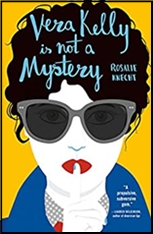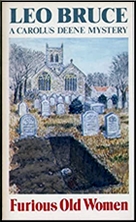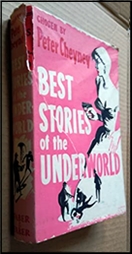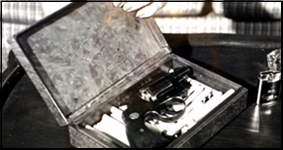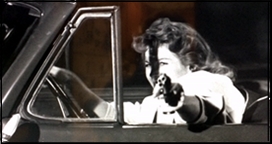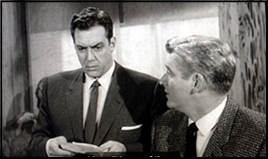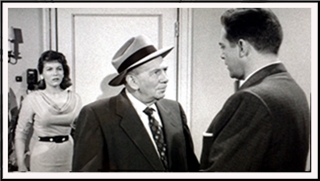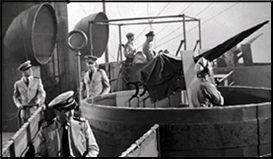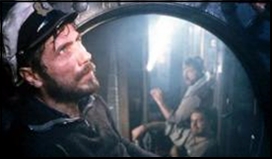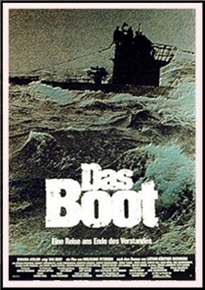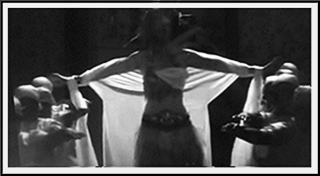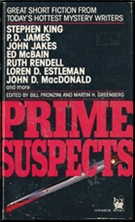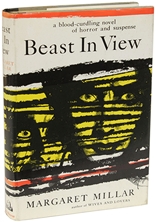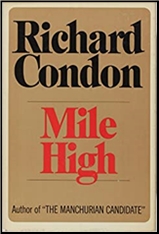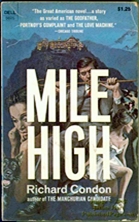REVIEWED BY DAVID VINEYARD:
BLACK MOON. Columbia Pictures, 1934. Jack Holt, Fay Wray, Dorothy Burgess, Clarence Muse. Screenplay: Clement Ripley & Wells Root. Directed by Roy William Neill.
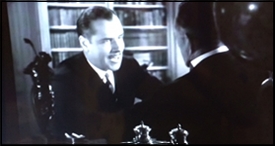
Despite the attitudes of the time, this Columbia horror film is almost a companion piece to Val Lewton’s classic, I Walked With a Zombie, and an effective and suspenseful tale of horror and mystery.
Jack Holt is well to do businessman Stephen Lane, married to the mysterious Juanita Perez (Dorothy Burgess) who is obsessed with the voodoo culture of the island where she grew up. As the film opens she is playing the voodoo drum for their young child Nancy (Cora Sue Collins), while downstairs a psychiatrist warns Stephen to let her obsession play out on its own, causing him to put off joining her on her planned return to visit her plantation owner Uncle Dr. Raymond Perez (Arnold Korff) who raised her after her parents were killed in a native uprising.
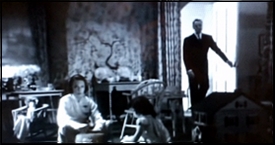
The next day Stephen’s secretary Gail Hamilton (Fay Wray) presents him with the passports needed, adding that she would like to resign because of a romantic entanglement, not telling him that reason is that she is helplessly in love with him, but he persuades her she is needed by his wife and she reluctantly agrees to accompany her to the island.
Meanwhile Juanita loses her temper when a friend of her Uncle tries to prevent her from going to the island. Things are bad there, and her presence can only make things worse. While a child there it seems that she became deeply involved in voodoo ceremony thanks to a black nursemaid Ruva (Madame Sul-Te-Wan) and the local voodoo priest Kala (Laurence Criner). Her Uncle fears for her safety and sanity.
Turns out he is right.
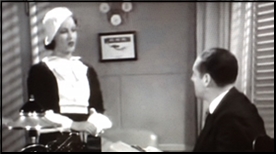
Once on the island things proceed to get worse. Gail is frightened for Nancy and Anna (Eleanor Wesslehoeft), Nancy’s nurse, clashes with Ruva. When Gail cables Stephen to hurry to the island the native who sent the cable is murdered.
Stephen arrives on a schooner captained by an American, “Lunch†McClaren (Clarence Muse) who is going to marry a local girl and warns Stephen the locals are in a dangerous mood. Stephen’s arrival is joyful for his daughter and a relief for Gail, but only for a short time. Anna has died in an unlikely accident and now Ruva is Nancy’s new nurse.
Meanwhile Juanita has gone completely native as the priestess of the voodoo religion.
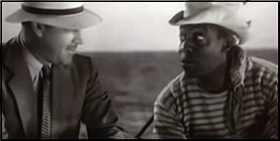
When Lunch asks Stephen’s help to try and rescue his girl friend who is the sacrifice for that nights ceremony he witnesses Juanita in her guise as priestess before shooting and wounding Kala. Having failed to kill the high priest they now face an uprising as Juanita wants Nancy and plans to sacrifice Stephen and Gail. Forced to barricade themselves in the house they are driven out by a fire. Dr. Perez and Lunch escape but Nancy, her father and Gail are taken.
Perez and Lunch manage to rescue the adults, but Nancy is still with her mother, and now the high priest has chosen to sacrifice the child with Juanita wielding the blade.
Stephen and Lunch return for the child, will they be in time, will Juanita sacrifice her own child in her maddened hypnotic state…
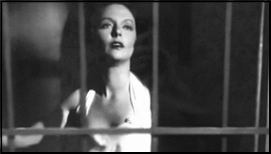
With an intelligent screenplay by Clement Ripley and Wells Root, atmospheric direction by the always interesting Roy William Neill, and a good cast, the film builds fine suspense, a real sense of impending doom. True Holt is a bit too old and stout, but he’s always good as a stalwart hero. Fay Wray doesn’t have much to do but look scared and pretty, and she does that just fine. Dorothy Burgess is quite good as the increasingly mad and cruel Mrs. Lane.
More interesting for a film of this time is Clarence Muse. Despite his nickname “Lunch,†he is far from the usual comedy relief. In fact, other than a few lines his role is absolutely straight and courageous. He doesn’t have a single scene when he shows any more fear or concern than anyone else in the film, in fact he is the hero’s greatest ally, far more competent and intelligent than the white sidekicks in most films, all of which is unusual for a film from this era and goes someways from the simple superstitious natives in revolt elements of the plot.
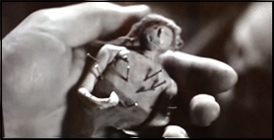
In fact, Dr. Perez is hardly presented as a Colonial paragon, and the screenplay brings out that he and those who came before him have oppressed the locals and driven them to extremes, nor or Ruva or Kala punished for their roles in the revolt, something fairly remarkable considering the fate of most such characters even in films today (Indiana Jones and the Temple of Doom).
Black Moon isn’t a perfect film. It meanders here and there, the screenplay could use tightening, it doesn’t always live up to Neill’s atmospherics and inventive camera work, but on the whole it is a terrific little movie that compares well to Lewton’s more masterful I Walked With a Zombie.
